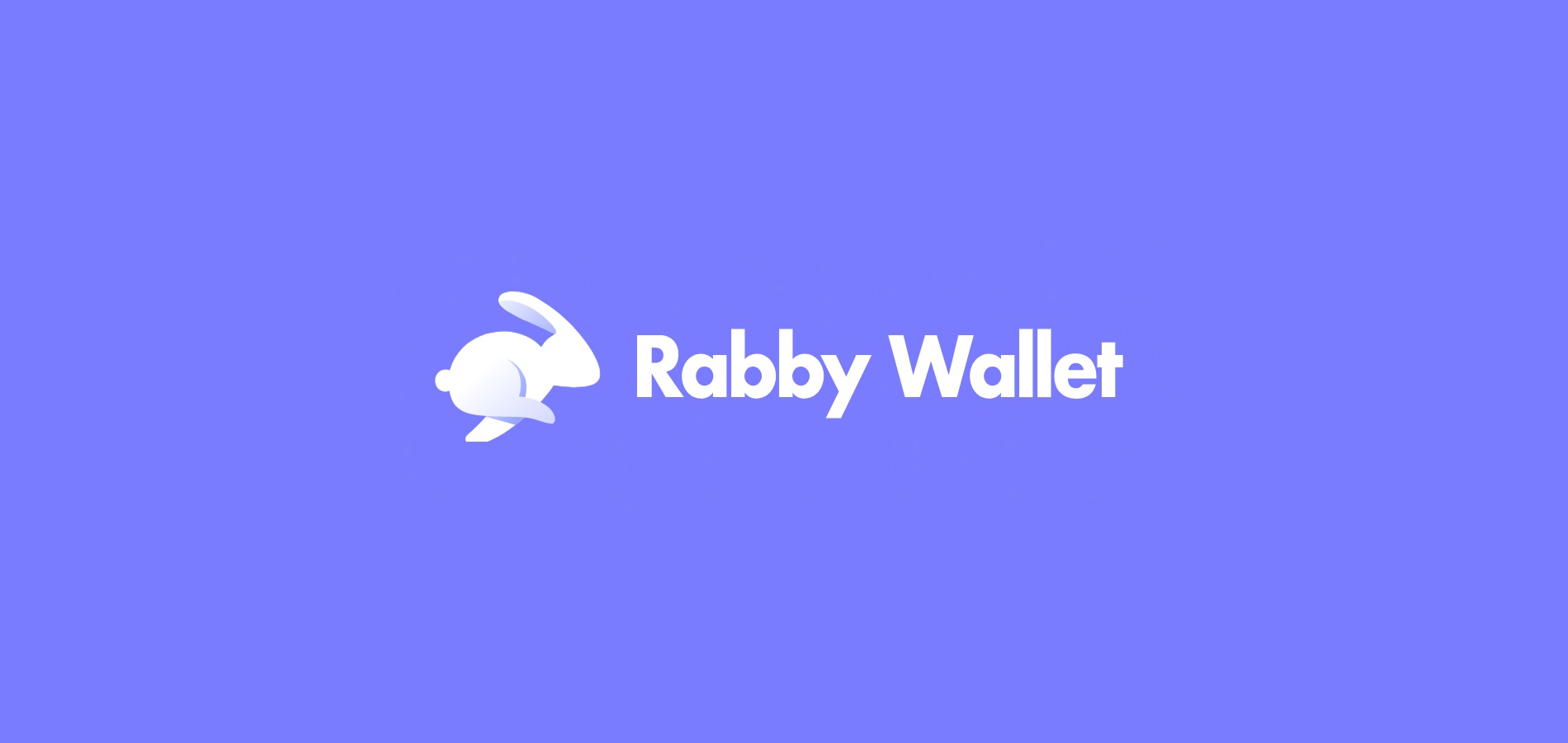Ever find yourself juggling multiple crypto wallets just to hop between blockchains? Yeah, me too. It’s like carrying a dozen keys for different doors, and honestly, it can get overwhelming fast. Cross-chain swaps promised a smoother ride, but the reality? Still bumpy. Something felt off about the complexity and fees involved. Hmm… could there be a better way to manage assets across chains without losing your mind?
Okay, so check this out — the recent wave of multi-chain wallets is starting to address this headache. They let you hold and swap tokens across various blockchains seamlessly. But here’s the catch: not all wallets are built equal. Some lack real liquidity access or lock you into a single ecosystem. That’s where tools like the rabby extension come into play. They’re designed with DeFi users in mind who crave flexibility and control.
Initially, I thought cross-chain liquidity mining was just another buzzword thrown around by yield farmers trying to chase the highest APYs. But then I realized — it’s more nuanced. Liquidity mining on multiple chains can unlock better rewards and deeper pools, but only if you can navigate the fragmented landscape efficiently. And yeah, that’s easier said than done.
Here’s the thing. Most DeFi users want to maximize returns without spending hours switching wallets or wrestling with clunky interfaces. Multi-chain wallets that incorporate smart routing for swaps and integrate liquidity mining protocols can reduce friction significantly. Yet, many are still in their infancy, leaving users stuck between promise and practicality.
Really? Yep. I’ve personally tested several multi-chain wallets, and while some offered neat UI, their backend liquidity was thin or they required tedious manual bridging. The rabby extension stood out because it combines multi-chain support with intuitive cross-chain swaps backed by robust liquidity access. It’s like having a swiss army knife for DeFi that doesn’t feel like it’s going to break on you.

Liquidity mining is a beast of its own. On one hand, spreading liquidity across chains can amplify yields. On the other, it risks fragmenting your capital and complicating risk management. Actually, wait — let me rephrase that. The real challenge isn’t just fragmentation but the added complexity in tracking rewards and managing impermanent loss across different environments.
My instinct said the solution lies in wallets that not only support multi-chain holdings but also provide consolidated dashboards. Seeing your entire portfolio’s liquidity mining rewards and swap history at a glance isn’t just a convenience, it’s a game changer. The rabby extension does this pretty well, integrating cross-chain swaps with liquidity mining tracking in one place.
Whoa! Imagine this: you add liquidity on Ethereum, then simultaneously farm on Binance Smart Chain, all while swapping assets without leaving your wallet interface. No need to juggle multiple dApps or bridge tokens manually. That’s what a truly multi-chain wallet brings to the table.
But here’s what bugs me about some wallets — they promise multi-chain support but often lack effective cross-chain swap routing. This means you either pay high fees or wait ages for bridges to clear. Personally, I’ve been burned by slow transactions that killed potential arbitrage opportunities. Efficiency is crucial.
Why Cross-Chain Swaps Matter More Than Ever
Cross-chain swaps let you trade assets directly between blockchains without intermediaries or centralized exchanges. For DeFi users, that means better control, privacy, and often lower costs. Yet, the tech behind seamless swaps is complicated — involving atomic swaps, liquidity pools on multiple chains, and smart contract orchestration.
On one hand, cross-chain swaps could democratize DeFi by removing friction between isolated ecosystems. Though actually, the ecosystem’s still figuring out standards, and interoperability isn’t flawless yet. There’s a patchwork of protocols — some trustless, some semi-trusted — each with trade-offs.
Personally, I’m biased toward solutions that emphasize usability and security. Trustless swaps sound great in theory, but they can be slow or require complex setups. The rabby extension attempts to bridge that gap by offering user-friendly cross-chain swaps backed by reliable liquidity sources, without sacrificing too much decentralization.
Still, no solution is perfect. Cross-chain technology is evolving rapidly, and I’m not 100% sure how governance and risk models will mature. But for now, the convenience of integrated swaps combined with liquidity mining opportunities on multiple chains is hard to beat.
Oh, and by the way, if you’re wondering about security — multi-chain wallets like Rabby put a lot of emphasis on protecting private keys locally and minimizing attack surfaces. That’s another reason I trust them over some browser extensions that feel sketchy.
Liquidity Mining Across Chains: A Double-Edged Sword
Liquidity mining exploded as a way to incentivize token holders to provide liquidity and earn rewards. Sounds simple, right? But spread that activity across several chains and it gets messy. You have to keep tabs on different reward tokens, varying lockup periods, and fluctuating APYs.
Initially, I thought I could just hop into the highest-yield farming pools no matter the chain. But the time and gas costs quickly ate into profits. Plus, impermanent loss risks multiplied when I was spread too thin. That’s why a smart multi-chain wallet that helps aggregate and balance your positions is invaluable.
Check this out — the rabby extension integrates popular liquidity mining protocols across major chains, letting you monitor and manage farming strategies without constantly switching interfaces. That saves time and mental bandwidth.
Still, it’s not all rainbows. Some liquidity mining programs suffer from low participation or poor tokenomics, which can dampen enthusiasm. So, I keep a close eye on the projects I farm with, not just the APYs but the underlying fundamentals. Being multi-chain doesn’t mean you should chase every shiny pool.
Something else — multi-chain liquidity mining can also expose you to unforeseen contract risks. Different chains have different security postures and developer communities. So while diversity can reduce exposure to a single chain’s failure, it can introduce new vulnerabilities.
Multi-Chain Wallets: The Future or Overhyped?
Honestly, multi-chain wallets feel like the natural next step in DeFi evolution. But the hype often overshadows the real-world friction users face. Not every wallet out there delivers on promises of seamless cross-chain experiences. Some feel more like glorified wallets than true multi-chain managers.
My experience with the rabby extension has been encouraging because it strikes a balance — intuitive UI, solid multi-chain support, and integrated cross-chain swaps plus liquidity mining tools. It’s definitely not perfect, but it’s a step closer to what I’d call a “one-stop shop” for DeFi users who operate across chains.
On one hand, I see a future where multi-chain wallets become as commonplace as single-chain ones are today. On the other, the space is still wild west — standards, security, and user education need serious improvements.
Here’s what I keep wondering: how will these wallets handle the growing complexity without overwhelming users? Will they integrate more analytics and risk management tools? Or will they remain simple transactional layers? Time will tell.
For now, if you’re a DeFi user swimming in multiple chains, trying out a robust multi-chain wallet like the rabby extension might just save you a lot of headaches — and maybe even boost your returns.
So yeah, cross-chain swaps, liquidity mining, and multi-chain wallets are tangled up in a complex dance. But with tools improving daily, the dream of frictionless multi-chain DeFi is inching closer. And that’s exciting.
